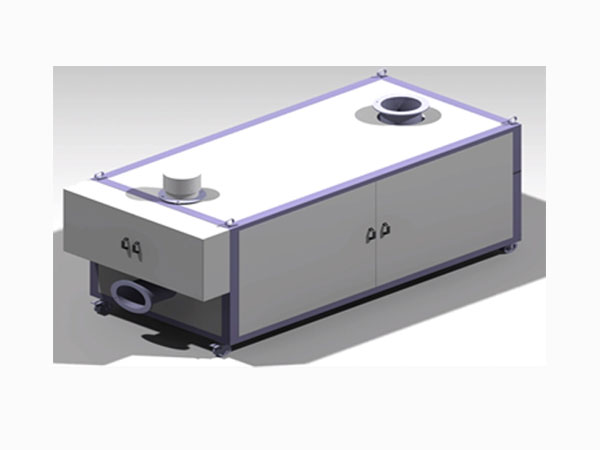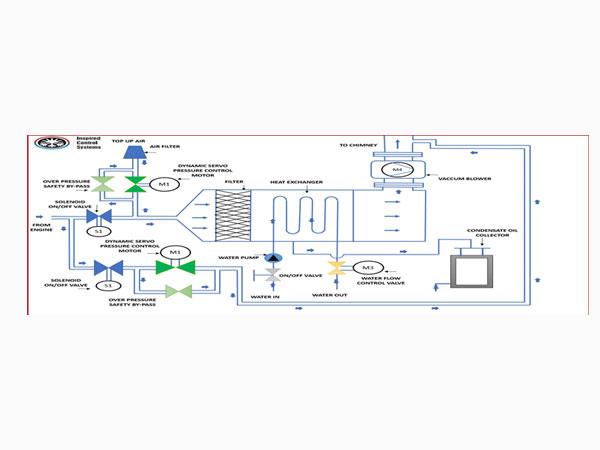High Altitude Simulation
When designing engines that have to operate at a certain altitude above sea level, it is necessary to take into account those changes that occur in temperature and atmospheric pressure as altitude increases. Such variations affect air composition and density, and all these parameters affect the engine performance.
These simulations help prevent possible malfunctions of the engine under certain conditions, as engines can be tested in the laboratory before they are used on the plane in actual service conditions. They also make it possible to optimize fuel consumption –which is affected by the characteristics of the air that is sucked into the engine–, reduce polluting emissions and check whether a given engine part is working properly.
Why such testing is required?
The major problem in high altitude operation is power loss due to reduction in air mass flow and poor combustion efficiency due to change in the resulting injection characteristics. Other attendant problems are poor thermal efficiency, higher smoke density and exhaust temperatures depending upon the altitude as compared to High Altitude Atmospheric conditions.



